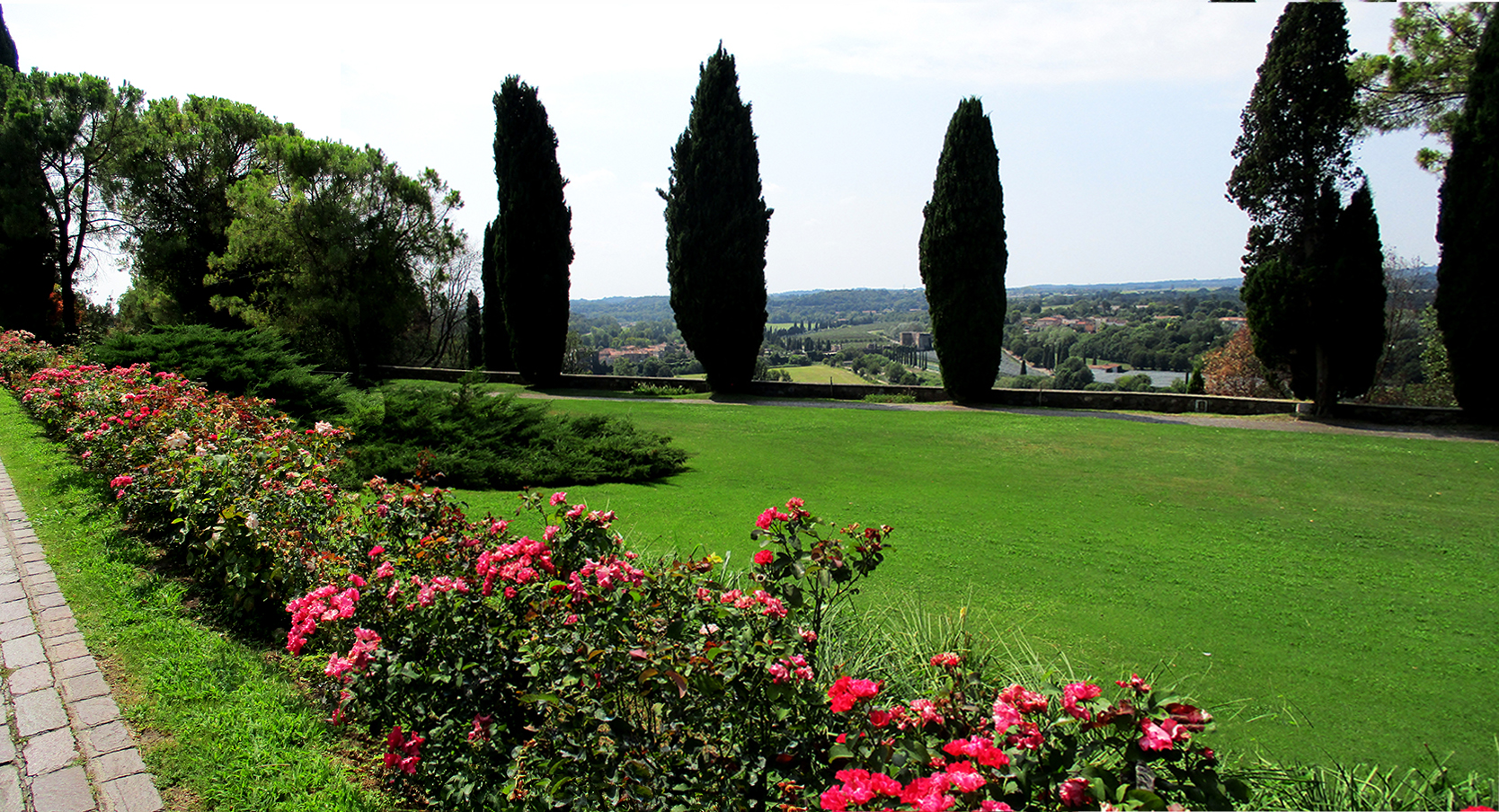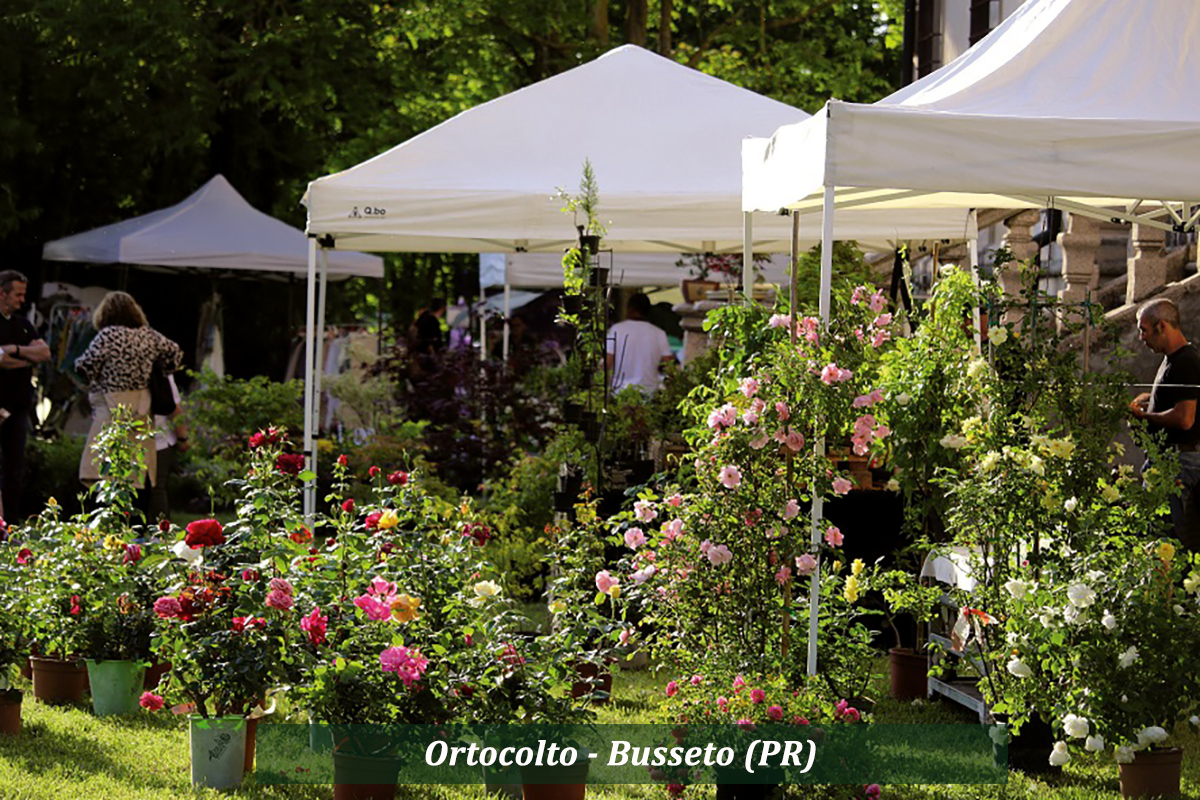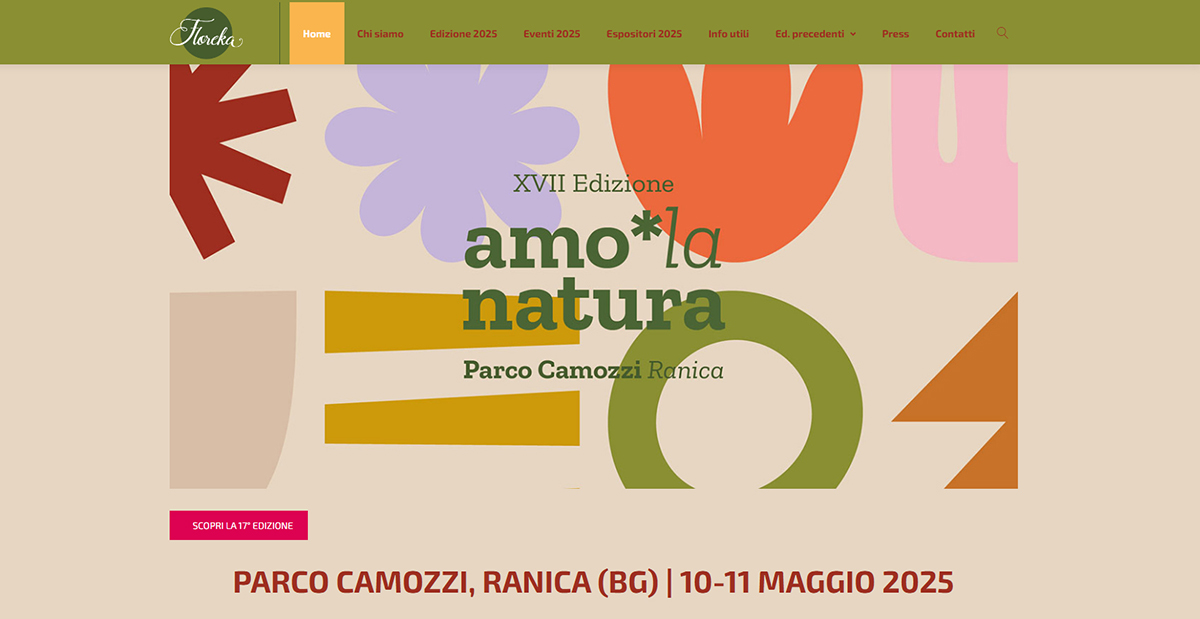Hypericum perforatum, known as St. John’s wort or devil’s repellent, is a semi-evergreen perennial plant of the Hypericaceae family, native to the temperate zones of Europe and Asia. It grows from sea level to the mountain range, preferring warm and humid environments. It reaches a height of 20-100 cm and has opposite leaves with translucent glands. The golden yellow flowers bloom from May to September. Rustic and undemanding, it tolerates drought and a slightly acidic soil is ideal. There are many active ingredients. The specific epithet perforatum derives from the fact that the leaflets, against the light, appear perforated, an effect due to translucent glands also present in the sepals and petals. It is one of the symbols of the summer solstice. For centuries it has been considered a magical herb in general protective against ghosts, lightning and witchcraft.
IDENTIFICATION
Scientific name:
Hypericum perforatum
Italian common name:
Iperico, also commonly known as St. John’s wort, red oil herb and Devil buster
Family:
Hypericaceae
Origin:
Native to the temperate zones of Europe and Asia
Environment:
It is present from sea level up to the mountain range. Loves warm and humid environments; the best temperature for these plants is 20 to 26 ℃, but it can tolerate temperatures as low as -10 ℃.
Evergreen or deciduous:
semi sempreverde
Toxicity:
contains a poisonous substance that reacts to sunlight and causes severe burns and injuries to skin exposed to the sun. The hypericin contained, in fact, can cause toxic effects in animals that are fed by it, but only if it is exposed to light. This fact must also be considered in human use, both for external and internal use.
PLANT RECOGNITION
Height:
20 – 100 cm
Width (extension):
10 – 50 cm
Habit:
Officinal Perennial with a shrubby, erect habit
Leaf:
not very large, opposite and without stalk. They are characterized by the presence of numerous glands that can be seen if you look at the leaves against the light. They have a bright green color above, paler below.
Flower:
golden yellow in color and gathered in corymbose inflorescences
Flowering:
May – September
Fruit:
from June onwards with red orange or berry capsule
Stem:
erect stem crossed by two longitudinal stripes in relief and branched
Property:
The active ingredients are many: essential oil, bitter tannins, hyperforin and hypericin. It is used in traditional medicine due to its phytotherapeutic properties, in particular its antidepressant and antiviral properties. It relieves nervous disorders, cures inflammation of the bronchi, urinary system and in general of all abdominal organs. St. John’s wort oil is used for the treatment of rheumatism and in cosmetics to give tone to withered skin. The flowering tops called “Herba Hyperici” are harvested during the summer.
Parfume:
light
NEED
Maintenance:
It does not require special care as it is a very rustic species.
Light Exposure:
from full sun to partial shade
Soil type:
It grows well in most common soils (except heavy clay) and prefers sandy loam with good drainage. A slightly acidic soil is ideal. It tolerates barren soil and drought, but if the soil can’t drain water well, waterlogging can cause the roots to rot.
Soil acidity:
pH 5,5 – 7,0
Italian climatic area:
It is present throughout the Italian territory.
Need for water:
poor, it also tolerates long periods of drought
Propagation:
occurs by sowing or by cutting, taken in May-June
Pruning:
does not require much pruning. To promote more lush growth, cut 1/5-1/4 of the total branch length by late spring or early summer, encouraging new branch growth
Diseases:
Rust is the only disease that can affect the plant, which is simply treatable with specific medicines. If affected, the plant presents leaves with small yellow or orange spots and slows its growth.
PARTICULARITY
The specific epithet perforatum derives from the fact that the leaflets, when held against the light, appear pitted, an effect due to translucent glands also present in the sepals and petals. However, there are many common and vulgar names. The most common is St. John’s Wort. This epithet is linked to the fact that the maximum flowering occurs around June 24th, the anniversary of Saint John. The name red oil herb is due to the color of the exudate released by the flowers, rich in the active ingredient hypericin.
The term “devil buster”, widely used in past centuries, derives from the fact that this herb consecrated to St. John and with its multiple therapeutic properties, was believed to be effective against all types of evil, going so far as to hang it over icons to drive away evil spirits.
Annotations
It grows along the edges of roads, at the edges of fields, in dry pastures and does not disdain old walls.
It is one of the symbols of the summer solstice
for centuries it has been considered a magical herb generally protective against ghosts, lightning and witchcraft. The Latins considered it one of the sunniest plants existing in nature. His name in fact means “cum-hyperion” that is, the father of the dawn and the sun.
It is used in respiratory tract infections, in cases of insomnia and arterial hypertension; against bulimia, herpes simplex, gastritis and inflammation of the gastrointestinal mucosa; in forms of mild depression.
In dyeing, the flowering inflorescences are used to obtain a color ranging from yellow to green.
In the kitchen:
It is not used in the culinary field but, due to its aromatic and digestive properties, it is used to produce liqueurs.
The mondo del giardino advice
If you manage to combine the aromatic corner, on the balcony or in the garden, with the medicinal corner, you can cure many small ailments with natural methods.
Now on horseback! Work awaits us! Our new wonderful outdoor space is about to be born!
GOOD WORK and…if you have any questions, write to info@mondodelgiardino.com
Image sources: thanks to Pixabay and many thanks to Manfred Antranias Zimmer for the social photo, Nicole Klesy for the cover, Myriams-Fotos, WikimediaImages, Designissima, Manfred Antranias Zimmer, Manfred Antranias Zimmer, FinjaM and Patricio Dondo for the image closing.





















